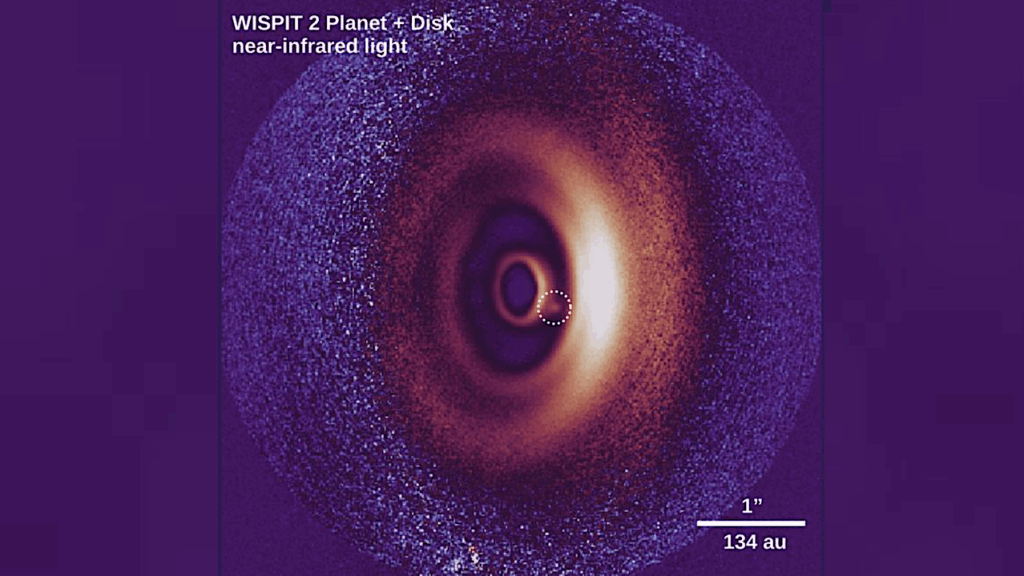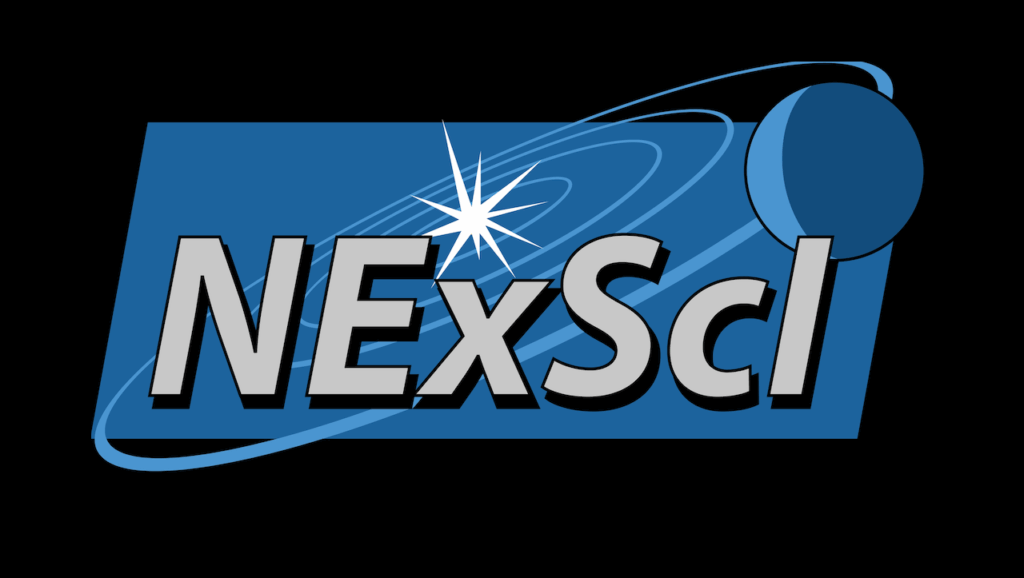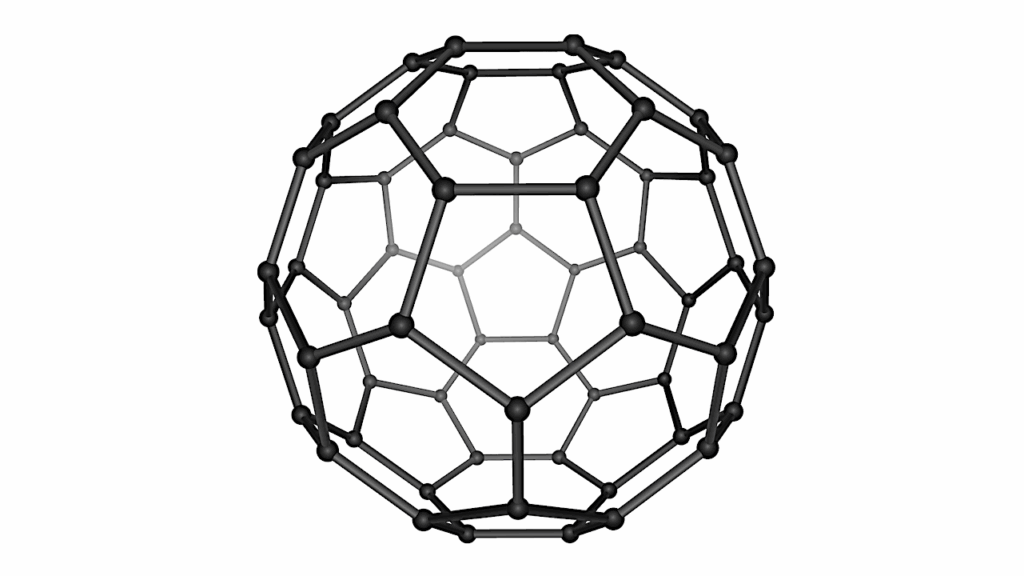Characterisation of TOI-406 as Showcase of the THIRSTEE program: A 2-Planet System Straddling the M-dwarf Density Gap
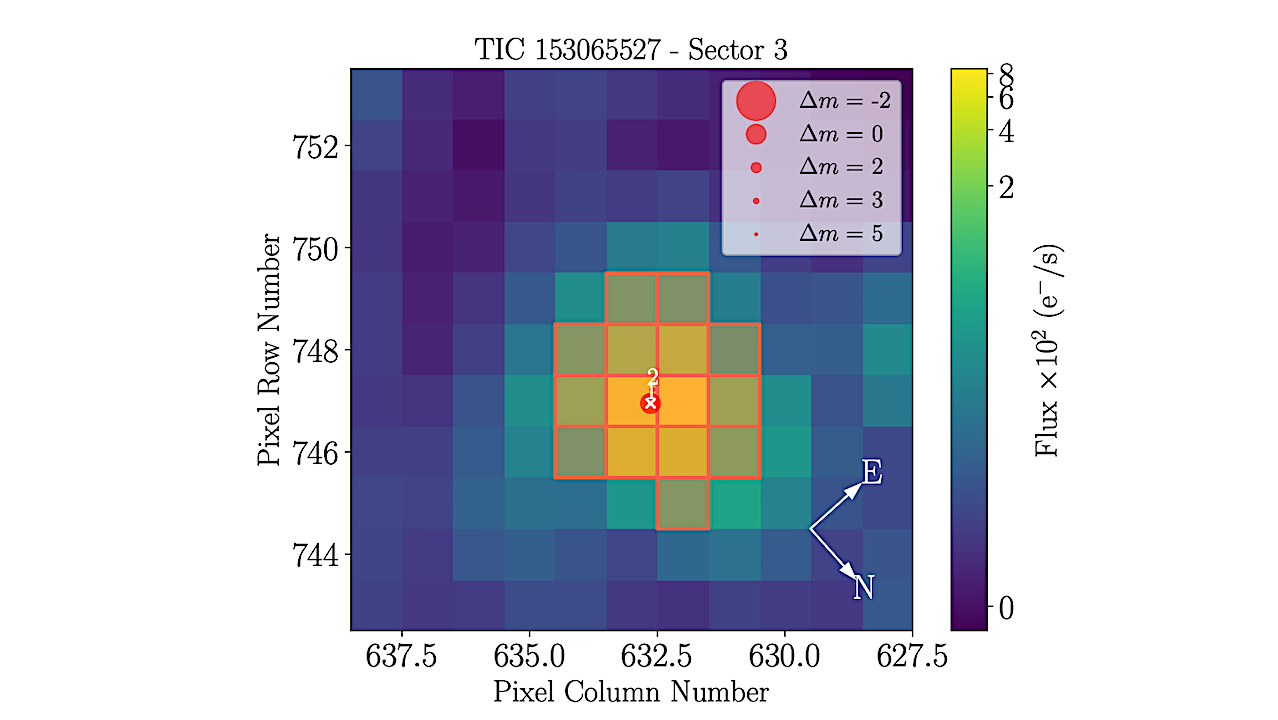
The exoplanet sub-Neptune population currently poses a conundrum. Are small-size planets volatile-rich cores without atmosphere, or are they rocky cores surrounded by H-He envelope?
To test the different hypotheses from an observational point of view, a large sample of small-size planets with precise mass and radius measurements is the first necessary step. On top of that, much more information will likely be needed, including atmospheric characterisation and a demographic perspective on their bulk properties.
We present the concept and strategy of THIRSTEE, a project which aims at shedding light on the composition of the sub-Neptune population across stellar types by increasing their number and improving the accuracy of bulk density measurements, as well as investigating their atmospheres and performing statistical, demographic analysis. We report the first results of the program, characterising a 2-planet system around the M dwarf TOI-406.
We analyse TESS and ground-based photometry, together with ESPRESSO and NIRPS/HARPS RVs to derive the orbital parameters and investigate the internal composition of the 2 planets orbiting TOI-406, which have radii and masses of Rb=1.32±0.12R⊕, Mb=2.08+0.23−0.22M⊕ and Rc=2.08+0.16−0.15R⊕, Mc=6.57+1.00−0.90M⊕, and periods of 3.3 and 13.2 days, respectively. Planet b is consistent with an Earth-like composition, while planet c is compatible with multiple internal composition models, including volatile-rich planets without H/He atmospheres.
The 2 planets are located in 2 distinct regions in the mass-density diagram, supporting the existence of a density gap among small exoplanets around M dwarfs. With an equilibrium temperature of only 368 K, TOI-406 c stands up as a particularly interesting target for atmospheric characterisation with JWST in the low-temperature regime.
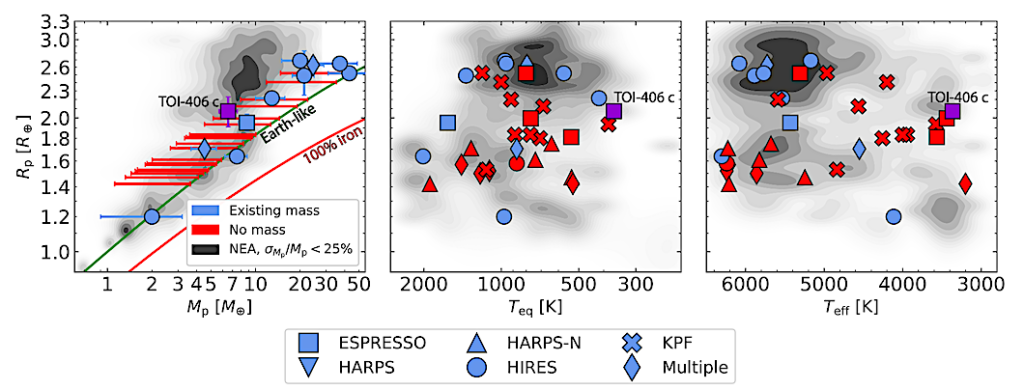
The THIRSTEE sample distributed in radius versus mass (left), equilibrium temperature (middle), and stellar effective temperature (right). Blue markers represent planets with an existing mass measurement in the literature and red markers represent those without. TOI-406 c is shown in purple because this work represents the planet’s first mass measurement. Marker symbols correspond to the instruments the THIRSTEE survey is using to measure the mass of each planet. Underlying contours show the relative population of confirmed planets with better than 25% measurement precision in mass, according to data from the NASA Exoplanet Archive (NEA), as accessed on 2024 Aug 27. Left: THIRSTEE targets without mass measurements are shown as bars, representing the range of their expected mass given their radius (e.g., Parviainen et al. 2024b). Curves representing an Earth-like and a pure iron composition are shown for reference (Zeng et al. 2019). Middle: Equilibrium temperature is taken from the literature where available. If unavailable, it is calculated assuming perfect day-night heat redistribution and zero Bond albedo. Right: For unconfirmed planet candidates, stellar effective temperature is taken from the TICv8. — astro-ph.EP
G. Lacedelli, E. Pallè, R. Luque, C. Cadieux, J. M. Akana Murphy, F. Murgas, M. R. Zapatero Osorio, H. M. Tabernero, K. A. Collins, C. N. Watkins, A. L’Heureux, R. Doyon, D. Jankowski, G. Nowak, È. Artigau, N. M. Batalha, J.L. Bean, F. Bouchy, M. Brady, B. L. Canto Martins, I. Carleo, M. Cointepas, D. M. Conti, N. J. Cook, I. J. M. Crossfield, J. I. Gonzàlez Hernàndez, P. Lewin, N. Nari, L. D. Nielsen, J. Orell-Miquel, L. Parc, R. P. Schwarz, G. Srdoc, V. Van Eylen
Comments: 24 pages, 21 figures. SUBMITTED to A&A
Subjects: Earth and Planetary Astrophysics (astro-ph.EP)
Cite as: arXiv:2409.11083 [astro-ph.EP] (or arXiv:2409.11083v1 [astro-ph.EP] for this version)
https://doi.org/10.48550/arXiv.2409.11083
Focus to learn more
Submission history
From: Gaia Lacedelli
[v1] Tue, 17 Sep 2024 11:21:01 UTC (20,577 KB)
https://arxiv.org/abs/2409.11083
Astrobiology


